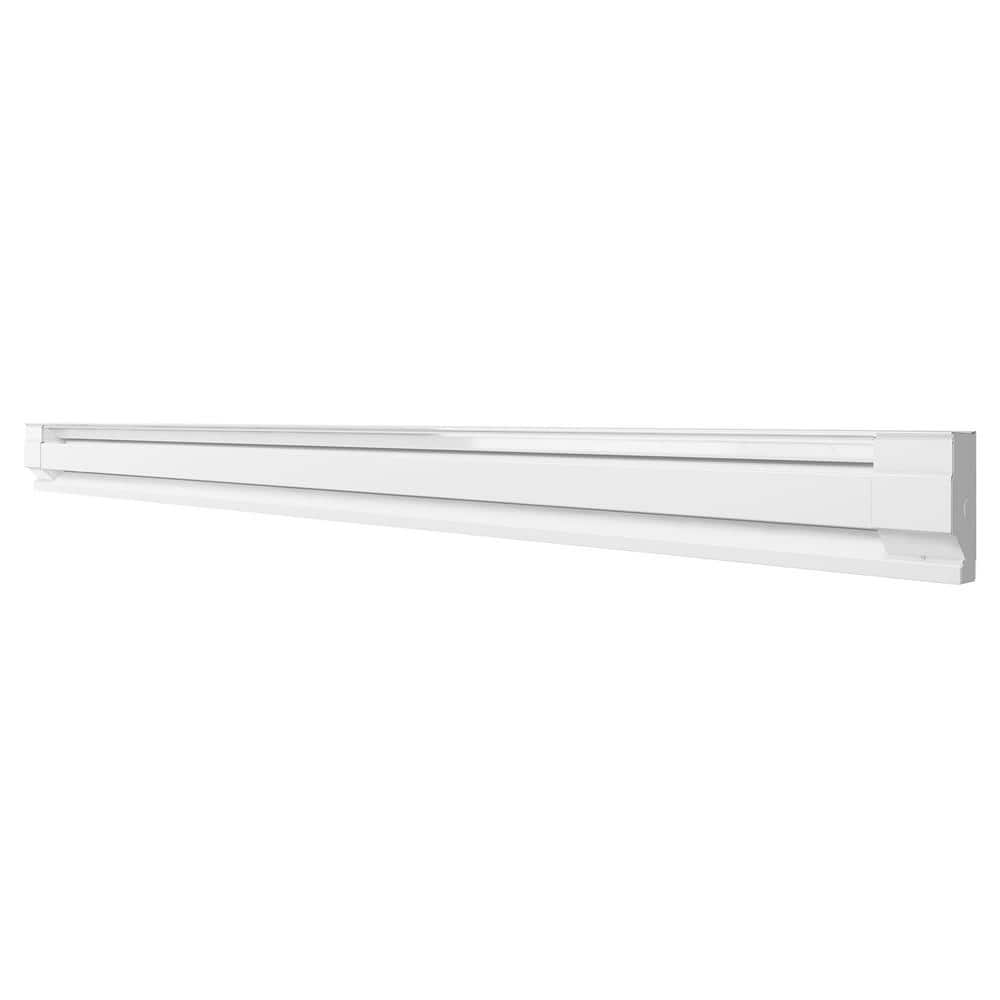Ohh my. Please listen carefully, electric heating / resistance heating of any kind IS battery killer and quite inappropriate for solar systems. Hot Water tanks, like electric stoves are plain bad for solar systems ad batteries, they just draw way too much. Now cooking with induction cooker's is the best way with solar it's still on the edge of "much".
IF anyone thinking Montana get's colder or nastier than Canada, Come on up another 1000 kilometers to the north and try our -25 degree, 3 metres of snow on the ground and tell us about it then.
The First & Most important rule for solar deployment is to understand that
Conservation is FAR cheaper than generation and / or storage ! Many do not realize it, but on average, 33% of power is wasted due to inefficient appliances or bad habits. Now heating & cooling are two really essential pieces of the puzzle for the majority of folks and many solutions are available. One of the biggest innovations in the past 20 years has been the ever increasing efficiency & capability for Mini-Split heating & Cooling systems, as well as passive radiant heating systems.
My own case: I am offgrid and remote in the wilds of North Eastern Ontario Canada, near Algonquin Park (40km roughly). We see up to 40C / 104F in summer & -30C / -22F in Winter. I'm at the moment running with 2Kw solar & 22Kwh+ storage (in transition from lead acid to LFP). Heating is done via in-slab Radiant Heating which uses LPG (Propane) for fuel (chosen because it can be easily converted to Biogas). Supplemental heating with a woodstove and backup heating with a Kerosene heater. (I have triple redundancy for criticals). Radiant Heating system supplied by
The Radiant Company of Vermont who designed & supplied all the gear including the Takagi TH3M (best market price anywhere). More details about my solar system & "cabin" can be seen through the links in my signature.
An important detail though: I built my place from scratch after clearing the bush. As such, I built it specifically as a hyper insulated & efficient home from the outset. This includes solid foam core walls (5-1/2" thick foam between studs) and 7-1/2" of ISO Foam insulation in my cathedral ceiling, a Texas Cool Roof system, Rain Screen siding system and a Frost Protected Slab Foundation with 4" of XPS Foam for R20 as opposed to code minimum of 2" R10. All hand built by myself for my specific intended use and it took me nearly a full year to just get all the insulation collected & together before starting the actual build.





